In the past year, supermodel Ashley Graham challenged the way the fashion industry showcases clothing; Rebel Wilson launched her Torrid fashion line; comedian Melissa McCarthy also introduced her own line, Seven7; and SNL’s Leslie Jones convinced big-name designers to take her seriously as a celebrity who wants clothes that make her look beautiful on the red carpet.
Big women are having a moment.
And yet for non-famous, young, plus-size women, the actual experience of shopping still kind of sucks. Our brick-and-mortar options are limited to expensive department stores or lines that skew older from Target or Lane Bryant. H&M recently introduced a new plus brand featuring Graham, but it’s online only.
Since plus-size women are so often forced online for their clothing, it makes sense to have that process become a little easier. That’s where Christine Hunsicker comes in. Hunsicker, a data-obsessed exec who founded startups acquired by Yahoo and Facebook, decided to take her talent for growing businesses into the fashion industry, creating Gwynnie Bee in 2012. Gwynnie Bee is a subscription retail service akin to Rent the Runway, but purely for sizes 10-32.

The tiered monthly plans let subscribers take out up to ten items at a time, with unlimited exchanges and free shipping. The brands come from big names like McCarthy or ASOS as well as small upstarts and straight-size companies looking to expand their offerings. Since 2012, Gwynnie Bee has grown 10% to 15% each year to become one of the biggest buyers in plus-size fashion; by 2015, the company had shipped over 3 million boxes.
Fast Company sat down with Hunsicker to talk about Gwynnie Bee’s success, as well as Hunsicker’s new show Project Runway: Fashion Startup, where she’s an investor/judge along with Rebecca Minkoff, Birchbox’s Katia Beauchamp, and Hildun’s Gary Wassner. The show premieres October 20 on Lifetime.
How did you come up with the idea for Gwynnie Bee?
Four or five years ago, when I was thinking about what to do next, I knew I wanted to do something in technology and data that was disruptive to an industry. Apparel is obviously a huge industry, so I started looking there. The idea for Gwynnie Bee specifically has to do with, how can you help women feel more confident every day? And when you think about the sharing-economy model or the ongoing subscription service, it really allows you to get access to a much wider variety of clothing at a lower financial commitment. That was where we felt that model could have real impact in the way women viewed their relationship with clothing.
Who is the average Gwynnie Bee customer? What kinds of things do you see them wanting out of clothing?
I think our customer is generally a woman between the ages of 28 and 45. She has a job, she’s a professional woman. She’s looking for clothing that can make her feel great at her job every day. That could be anything from office-appropriate dresses with a little bit of a punch and color or flare or pattern, or blazers with interesting detailing. We see a wide variety across dresses, tops, and blazers. If we had to pick one type of item that’s probably the most popular, it would be a knee length, fit-and-flare dress in jewel tones.

The big players in plus-size fashion tend to be fast fashion types—Forever 21, H&M, Torrid. How have you tapped into that kind of market even though Gwynnie Bee’s clothes tend to come from these relatively higher-priced brands?
The price point for our service is, for the three plan, close to a piece and a half of what you would pay for at these mainstream vertical retailers. It’s affordable, and what you get access to is so many more designers, styles, options at all different quality levels for that one price. That value proposition itself is what consumers gravitate toward.
As a plus-size woman I definitely see a gap in the styles I can buy. Either it’s kind of cartoonish, skull-covered clothes at Torrid, or more traditional styles at Lane Bryant. How does Gwynnie Bee work to fill in that gap of what’s available for professional women at brick-and-mortar stores?
We’re trying to bring in as many contemporary brands as possible. There are some smaller brands, they’re not big enough to have their own stores, but some plus designers who make very beautiful, interesting, contemporary clothing. We try to curate collections around those designers. We’ve been bringing in more straight size designers into our service. We did a partnership with Rachel Antonoff. We are launching a new business-wear line. We’ve done Corey, Jay Godfrey, Amanda Uprichard, so we’re trying to bring in styles we hear from our members are not readily accessible in the standard plus market.

Yeah, I’d love to hear more about helping these straight-size brands. How do you help them realize there’s a market for this kind of fashion?
I think nothing helps people realize there is a market like money. One of the biggest things is we buy a lot. We’re one of the biggest buyers in plus. We’ll go to straight-size designers where we think it will translate well into plus, and that fills a hole in the market like you were just describing.
Not only will we order an entire capsule collection, we will also handle their fit and pattern making for them. One of the toughest things in moving from plus to straight or straight to plus is that the pattern grading is different. That’s a big investment and takes many years to be an expert at it. So one of the services we offer to these designers is to translate their patterns into proper-fitting plus patterns. Those two things—we’ll help the fit and give them distribution without financial risk on their part—take away their two biggest worries. One, that their collection isn’t going to fit and two, that no one is going to buy it.
You mentioned when we talked earlier about how into data you are and how that, almost more than a desire to be a fashion mogul, has propelled you forward with Gwynnie Bee. Can you talk a little more about that and what it is about data that inspires you?
I think that apparel in general is not a very data-rich industry. That’s caused by a couple of factors, but the biggest one is that it is by nature a transactional relationship. You walk into a store, and if you buy something it’s a one-off transaction. As a consumer you have no incentive to give feedback to the store on how something fit or didn’t fit. It’s simply a single transaction.
In order to gather significant amounts of data, you have to change that model. Our model is really relationship-driven. Our members are with us month to month, they’re wearing eight to 10 pieces of clothing a month, and they’re giving us feedback on each and every one of those pieces. That allows us to really personalize and recommend items to each and every member on an individual basis. It also allows us to recommend things based on likelihood of fit. One of the biggest challenges of buying online is you have no idea if it’s going to fit, and so we use the data to help in that area as well.

You have experience growing these companies that were bought by Yahoo and Facebook. How have you translated your startup growing experience to Gwynnie Bee?
Hopefully I have learned a lot of lessons and am not making the same mistakes I made before. The biggest lesson going forward is when you’re trying to build a long-lasting institution, you do things a little differently in the way you grow the company internally. You think about hiring plans and org design and communication protocols much more deeply. It’s not simply a focus on the product because you’re looking to have an institution that can withstand time.
So the new show you’re going to be on, what will your role be? What are you excited about?
It’s essentially Shark Tank meets Project Runway. It’s called Project Runway: Fashion Startup. There are four investors through the season and I’m one of them, doing eight hour-long episodes. We review 28 pitches, so 28 entrepreneurs come in and tell us why we should give them money and why they’re going to be able to build a brand. And we eventually decide if we’re going to back them or not. Our job is to figure out very quickly, does this idea have legs and do we want to work with this person? It was great fun, the investors got along really well. The production crew was fantastic, Lifetime and the Weinstein Company were fantastic to us. I couldn’t be more excited for it to come out.

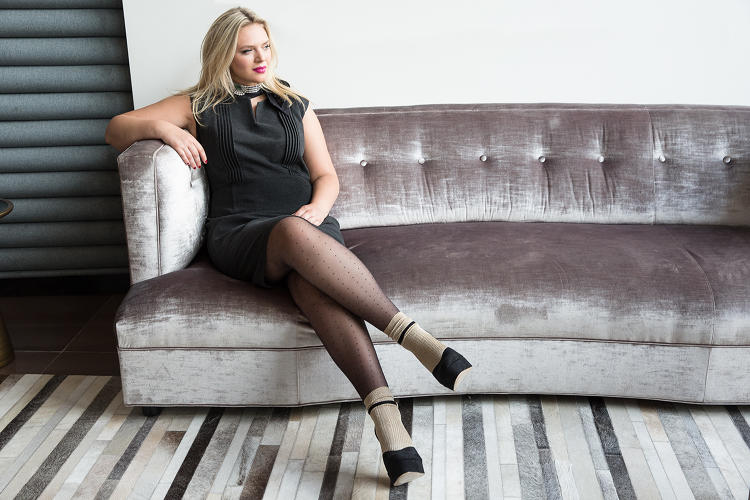

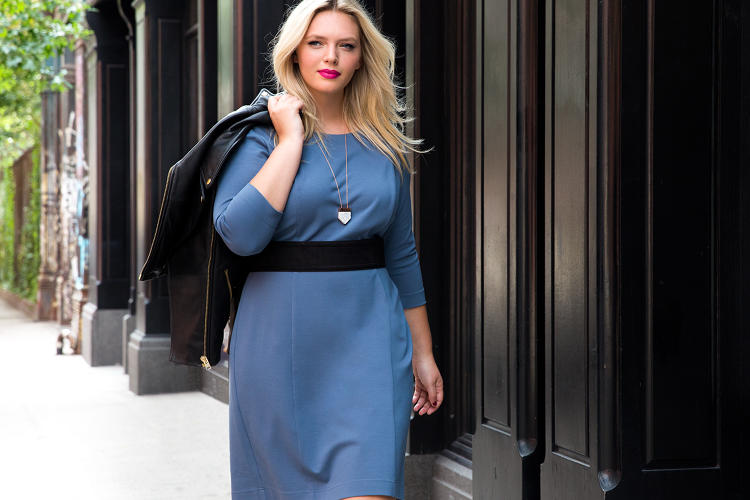
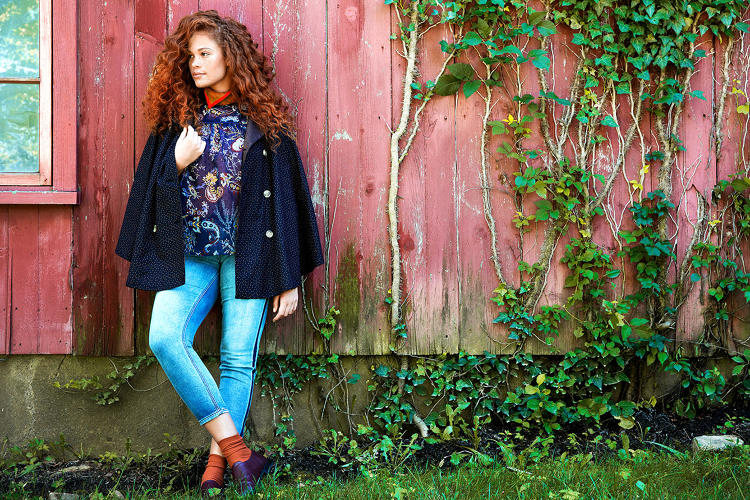
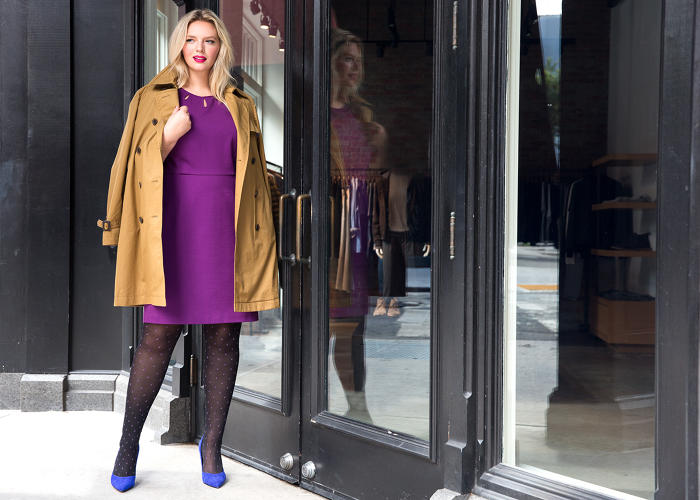
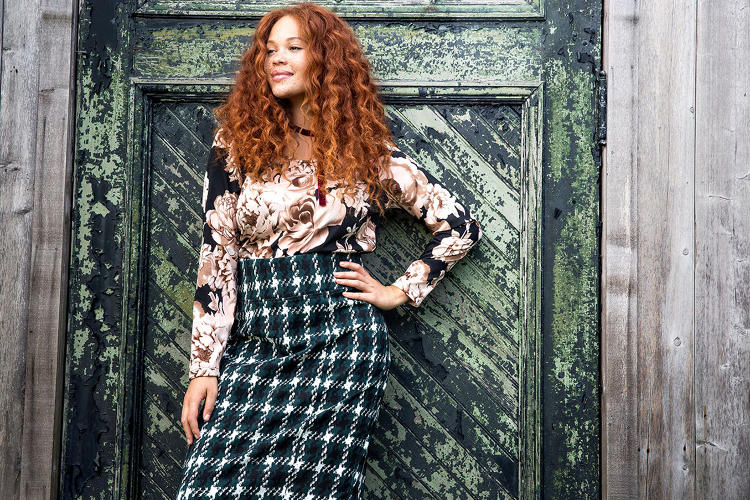

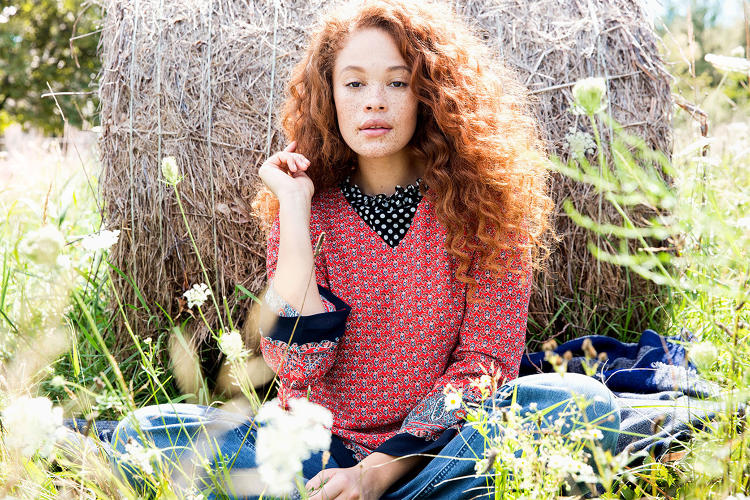

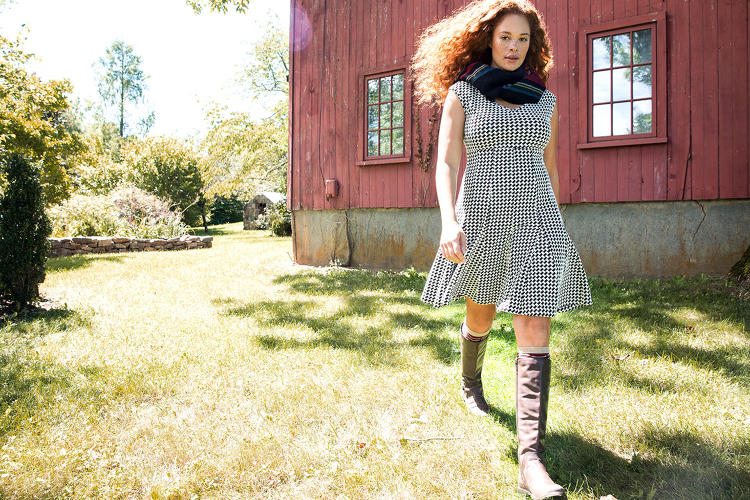
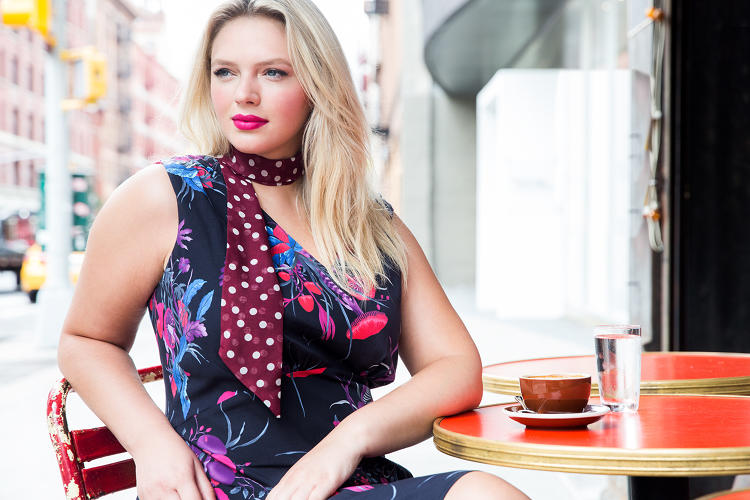

Fast Company , Read Full Story
(97)